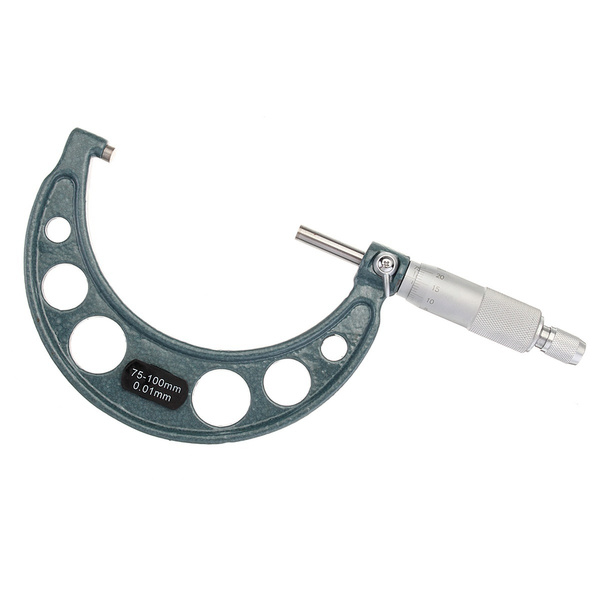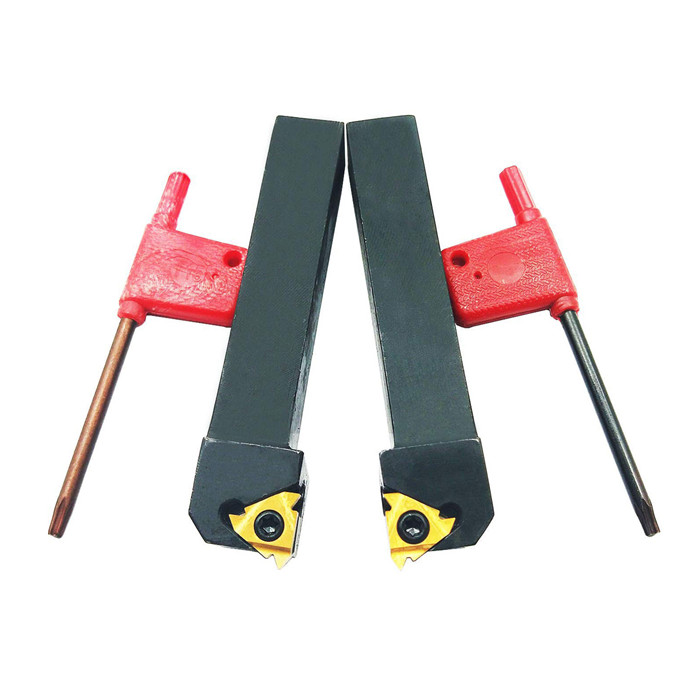index fixture Supplier
Finding a reliable index fixture supplier is crucial for optimizing manufacturing processes, ensuring accuracy, and boosting productivity. This article explores the key considerations when selecting a supplier, different types of index fixtures, and essential factors to consider for your specific application.
Understanding Index Fixtures
Index fixtures, also known as indexing fixtures or rotary fixtures, are precision workholding devices used to accurately position and secure parts for machining, inspection, or assembly. They allow for repeatable, multi-sided processing, significantly improving efficiency and accuracy. Essentially, they hold a part and allow it to be rotated to precise angles.
Types of Index Fixtures
Different manufacturing needs require different types of index fixtures. Here are some common types:
- Manual Index Fixtures: These are manually operated and offer simplicity and cost-effectiveness for low-volume applications. They rely on a pin or other mechanical means to lock the fixture at specific index positions.
- Pneumatic Index Fixtures: Utilizing pneumatic pressure, these fixtures offer faster indexing speeds compared to manual options. They are suitable for medium-volume production.
- Hydraulic Index Fixtures: These fixtures use hydraulic power for high clamping forces and precise positioning, making them ideal for heavy-duty machining operations.
- CNC Rotary Tables: Controlled by CNC machines, these provide the highest level of precision and automation for complex machining processes. They're a significant investment but offer unparalleled flexibility.
Key Considerations When Choosing an Index Fixture Supplier
Selecting the right index fixture supplier can significantly impact your manufacturing operations. Here's what to consider:
Experience and Expertise
Choose a supplier with a proven track record and extensive experience in designing and manufacturing index fixtures. Look for suppliers who understand various manufacturing processes and materials.
Customization Capabilities
Many applications require customized index fixtures to accommodate unique part geometries and machining requirements. Ensure the supplier has the ability to design and manufacture fixtures to your exact specifications. This might involve sharing CAD drawings and discussing your specific needs in detail.
Quality and Precision
The accuracy and repeatability of an index fixture are paramount. Look for suppliers who use high-quality materials and employ rigorous quality control processes. Inquire about their manufacturing tolerances and inspection procedures. Consider suppliers like Wayleading Tools (www.wayleading.com) that prioritize precision engineering.
Lead Times and Delivery
Understand the supplier's lead times for design, manufacturing, and delivery. Ensure they can meet your project deadlines. Clear communication and project management are crucial.
Price and Value
While price is a factor, focus on the overall value proposition. Consider the fixture's quality, durability, and the supplier's support services. A cheaper fixture that fails prematurely can be more costly in the long run. Request detailed quotes that outline all costs, including design, manufacturing, and shipping.
Support and Service
Choose a supplier who offers excellent customer support and after-sales service. This includes technical assistance, spare parts availability, and repair services. A reliable index fixture supplier should be able to quickly address any issues that may arise.
Finding the Right Index Fixture for Your Application
The optimal index fixture depends on several factors specific to your manufacturing process:
Part Geometry and Size
The fixture must securely hold the part without distortion. Consider the part's shape, size, and weight when selecting a fixture. Complex geometries may require custom-designed clamping mechanisms.
Machining Operations
The fixture must be compatible with the intended machining operations. High-speed machining may require a more robust and vibration-dampening fixture.
Production Volume
Manual fixtures are suitable for low-volume production, while automated fixtures are more efficient for high-volume applications.
Accuracy Requirements
The required accuracy of the machining process will determine the necessary precision of the index fixture. Critical applications require high-precision fixtures with minimal runout.
Comparing Index Fixture Types: A Quick Guide
| Fixture Type | Advantages | Disadvantages | Typical Applications |
|---|---|---|---|
| Manual | Low cost, simple to operate | Slower indexing, less precise | Prototyping, low-volume production |
| Pneumatic | Faster indexing than manual, moderate cost | Requires compressed air, moderate precision | Medium-volume production |
| Hydraulic | High clamping force, precise positioning | Higher cost, requires hydraulic power | Heavy-duty machining, high-precision applications |
| CNC Rotary Tables | Fully automated, highest precision, flexible | Highest cost, requires CNC machine integration | Complex machining, high-volume production |
The Importance of Material Selection
The materials used in index fixture construction significantly impact their performance and lifespan. Common materials include:
- Steel: Offers high strength and durability, suitable for heavy-duty applications.
- Aluminum: Lightweight and corrosion-resistant, ideal for applications where weight is a concern.
- Stainless Steel: Provides excellent corrosion resistance for applications in harsh environments.
- Cast Iron: Offers good vibration damping properties, suitable for precision machining.
The choice of material depends on the specific application requirements, including clamping force, machining forces, and environmental conditions.
Conclusion
Selecting the right index fixture supplier is a critical decision that can significantly impact your manufacturing efficiency and product quality. By carefully considering the factors outlined in this guide, you can find a supplier who meets your specific needs and helps you achieve your manufacturing goals. Remember to prioritize experience, customization capabilities, quality, and support when making your choice. Consider contacting Wayleading Tools for your index fixture needs; they offer a wide range of solutions and expert support. Investing in a quality fixture is investing in the future of your precision manufacturing processes.
Disclaimer: This article is for informational purposes only and should not be considered professional advice. Always consult with qualified engineers and manufacturing experts before making any decisions related to index fixtures.
Related products
Related products
Best selling products
Best selling products-
 Precision Dial Indicator Gage For Industrial With Jeweled
Precision Dial Indicator Gage For Industrial With Jeweled -
 HSS Involute Spline Cutter With PA30
HSS Involute Spline Cutter With PA30 -
 M42 Bi-Metal Bandsaw Blades For Industrial Type
M42 Bi-Metal Bandsaw Blades For Industrial Type -
 HSS Inch Taper Shank Twit Drills For Metal Cutting Of High Precision
HSS Inch Taper Shank Twit Drills For Metal Cutting Of High Precision -
 5C Hex Collet With Inch and Metric Size
5C Hex Collet With Inch and Metric Size -
 Precision Expanding Mandrel From 9/16″ to 3-3/4″
Precision Expanding Mandrel From 9/16″ to 3-3/4″ -
 Precision Dustproof Dial Caliper Of Double Shock-Proof For Industrial
Precision Dustproof Dial Caliper Of Double Shock-Proof For Industrial -
 Metric HSS Annular Cutters With Weldon Shank For Metal Cutting
Metric HSS Annular Cutters With Weldon Shank For Metal Cutting -
 Outside Micrometer Of Premium Industrial Inch & Metric With Rachet Stop
Outside Micrometer Of Premium Industrial Inch & Metric With Rachet Stop -
 HSS Inch 4 Flute End Mills With Bright Or TiN And TiAlN Coated
HSS Inch 4 Flute End Mills With Bright Or TiN And TiAlN Coated -
 Indexable Spade Drill Holder With Helical Flute Holder And Taper Shank
Indexable Spade Drill Holder With Helical Flute Holder And Taper Shank -
 QA Grooving & Cut-Off Holder With Right And Left Hand
QA Grooving & Cut-Off Holder With Right And Left Hand
Related search
Related search- Wholesale revolving tailstock chuck
- american dryseal taper pipe full profile threading insert Suppliers
- Wholesale turning tool holder
- MVHN turning tool holder Factory
- sk collet chuck Manufacturers
- face milling cutter Manufacturers
- MWLN boring bar Factories
- High-Quality MCLN turning tool holder
- G60 threading insert Supplier
- G60 threading insert Manufacturer










